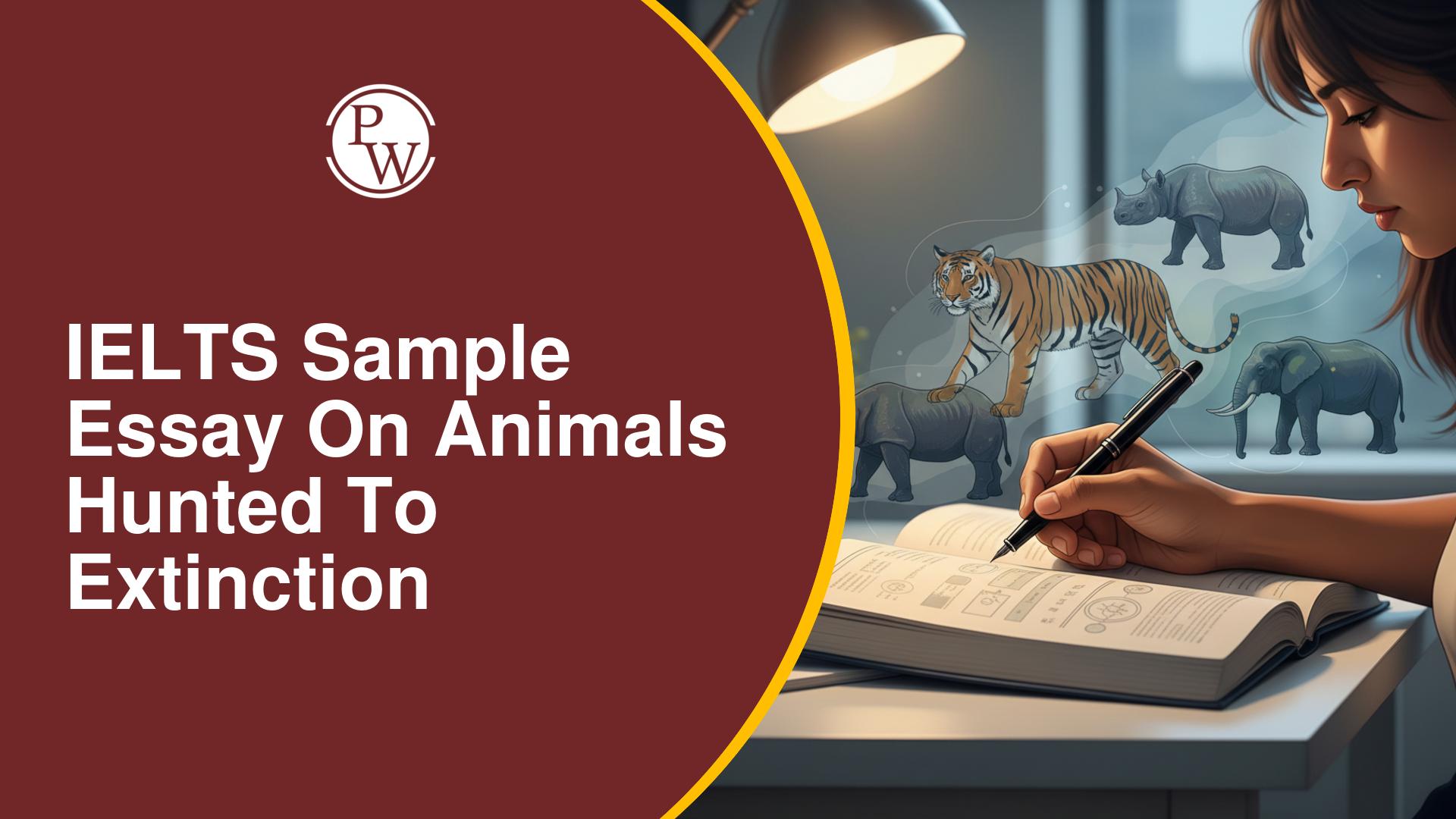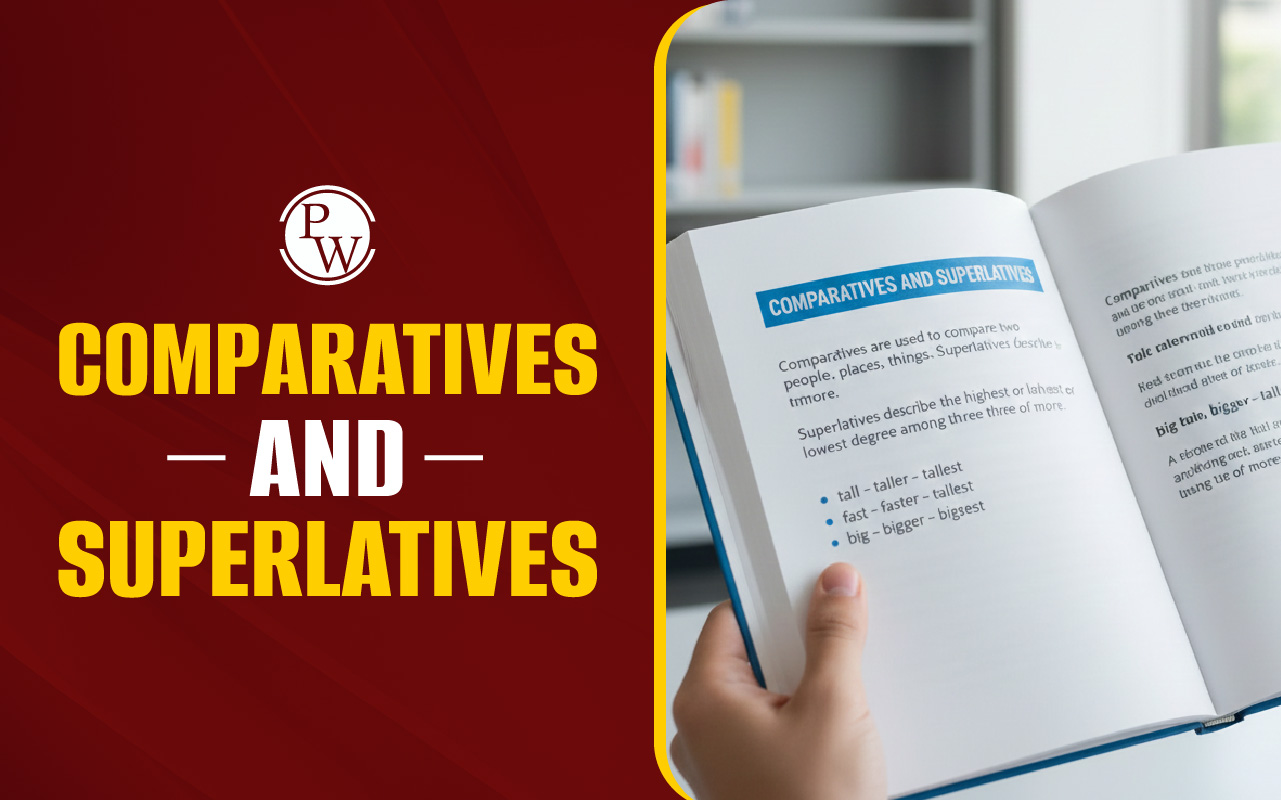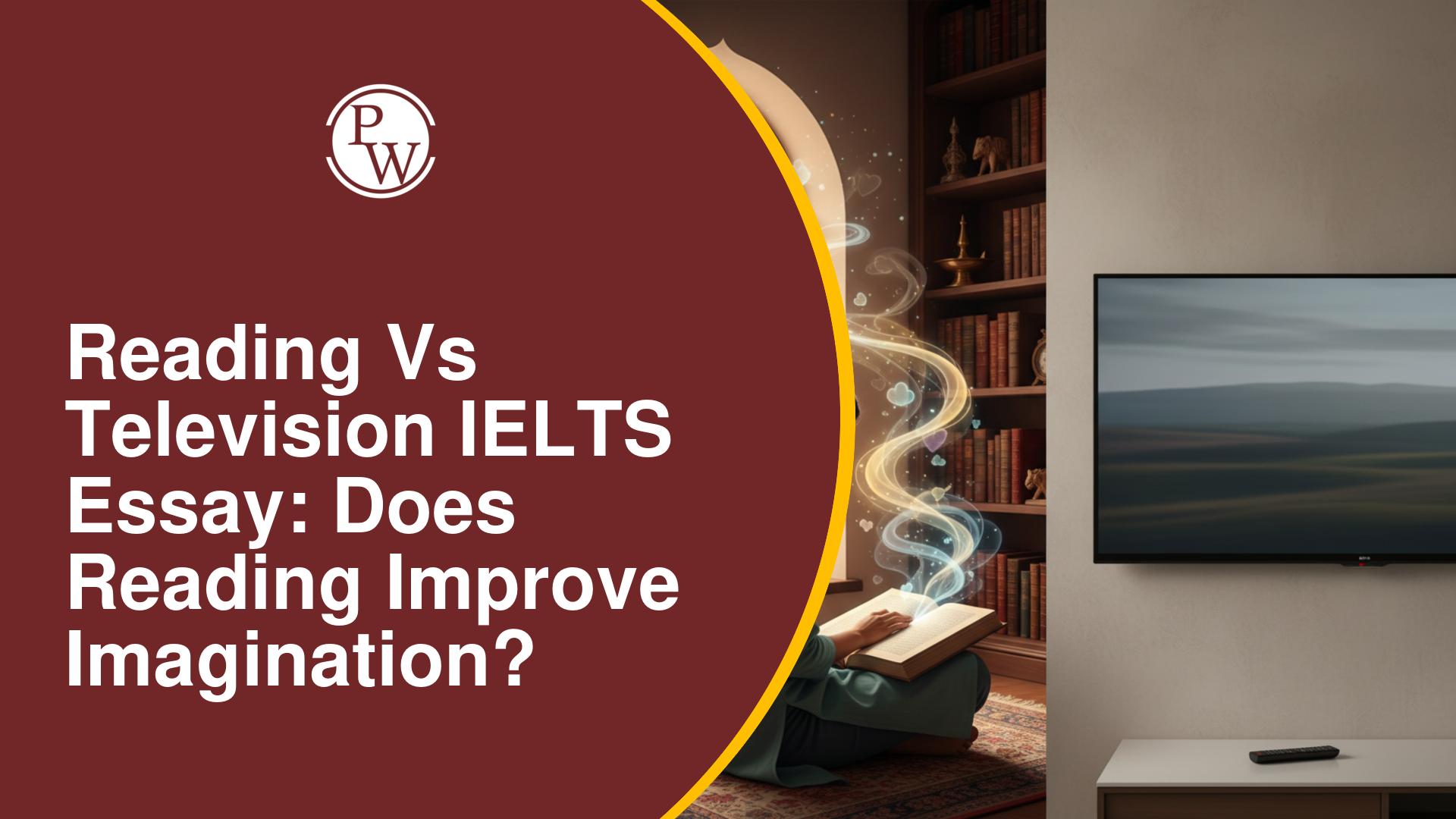
The Awesome Banana IELTS Reading Answers: The IELTS reading section includes passages to evaluate the ability of candidates to understand the text and answer questions related to the same. “The Awesome Banana IELTS Reading Answers” is a very important topic in the IELTS reading module . The "The Awesome Banana IELTS Reading Answers" passage consists of a total of 13 questions divided into three sections: IELTS Reading Sentence Completion, IELTS Reading Matching Features, and IELTS True/False/Not Given.
The blog also includes standard answers and tips on how to answer the questions. Students can practice these questions to get an idea about how to attempt IELTS Reading questions. Read the article till the end to get answers to the most frequently asked questions for “The Awesome Banana IELTS Reading Answers”.Free IELTS Reading Practice Tests, Cambridge Sample Test PDF
The Awesome Banana IELTS Reading Answers Passage
The Awesome Banana
1. The world’s favorite fruit could disappear forever in 10 years time. The banana is among the world’s oldest crops. Agricultural scientists believe that the first edible banana was discovered around ten thousand years ago. It has been at an evolutionary standstill ever since it was first propagated in the jungles of Southeast Asia at the end of the last ice age. Normally the wild banana, a giant jungle herb called Musa acuminate, contains a mass of hard seeds that make the fruit virtually inedible. But now and then, hunter-gatherers must have discovered rare mutant plants that produced seedless, edible fruits. Geneticists now know that the vast majority of these soft-fruited plants resulted from genetic accidents that gave their cells three copies of each chromosome instead of the usual two. This imbalance prevents seeds and pollen from developing normally, rendering the mutant plants sterile. And that is why some scientists believe the world’s most popular fruit could be doomed. It lacks the genetic diversity to fight off pests and diseases that are invading the banana plantations of Central America and the small holdings of Africa and Asia alike. 2. In some ways, the banana today resembles the potato before blight brought famine to Ireland a century and a half ago. But “it holds a lesson for other crops, too”, says Emile Frison, top banana at the International Network for the Improvement of Banana and Plantain in Montpellier, France. “The state of the banana”, Frison warns, “can teach a broader lesson that the increasing standardization of food crops around the world is threatening their ability to adapt and survive.” 3. The first Stone Age plant breeders cultivated these sterile freaks by replanting cuttings from their stems. And the descendants of those original cuttings are the bananas we still eat today. Each is a virtual clone, almost devoid of genetic diversity. And that uniformity makes it ripe for a disease like no other crop on Earth. Traditional varieties of sexually reproducing crops have always had a much broader genetic base, and the genes will recombine in new arrangements in each generation. This gives them much greater flexibility in evolving responses to disease – and far more genetic resources to draw on in the face of an attack. But that advantage is fading fast, as growers increasingly plant the same few, high-yielding varieties. Plant breeders work feverishly to maintain resistance in these standardized crops. Should these efforts falter, yields of even the most productive crop could swiftly crash. “When some pest or disease comes along, severe epidemics can occur,” says Geoff Hawtin, director of the Rome-based International Plant Genetic Resources Institute. 4. The banana is an excellent case in point. Until the 1950s, one variety, the Gros Michel, dominated the world’s commercial banana business. Found by French botanists in Asian the 1820s, the Gros Michel was by all accounts a fine banana, richer and sweeter than today’s standard banana and without the latter’s bitter aftertaste when green. However, it was vulnerable to a soil fungus that produced wilt known as Panama disease. “Once the fungus gets into the soil it remains there for many years. There is nothing farmers can do. Even chemical spraying won’t get rid of it,” says Rodomiro Ortiz, director of the International Institute for Tropical Agriculture in Ibadan, Nigeria. So plantation owners played a running game, abandoning infested fields and moving so “clean” land – until they ran out of clean land in the 1950s and Had to abandon the Gros Michel. Its successor and still the reigning commercial king is the Cavendish banana, a 19th-century British discovery from southern China. The Cavendish is resistant to Panama disease and, as a result, it literally saved the international banana industry. During the 1960s, it replaced the Gros Michel on supermarket shelves. If you buy a banana today, it is almost certainly a Cavendish. But even so, it is a minority in the world’s banana crop. 5. Half a billion people in Asia and Africa depend on bananas. Bananas provide the largest source of calories and are eaten daily. Its name is synonymous with food. But the day of reckoning may be coming for the Cavendish and its indigenous kin. Another fungal disease, black Sigatoka, has become a global epidemic since its first appearance in Fiji in 1963. Left to itself, black Sigatoka – which causes brown wounds on leaves and premature fruit ripening – cuts fruit yields by 50 to 70 per cent and reduces the productive lifetime of banana plants from 30 years to as little as 2 or 3. Commercial growers keep Sigatoka at bay by a massive chemical assault. Forty sprayings of fungicide a year is typical. But despite the fungicides, diseases such as black Sigatoka are getting more and more difficult to control. “As soon as you bring in a new fungicide, they develop resistance,” says Frison. “One thing we can be sure of is that the Sigatoka won’t lose in this battle.” Poor farmers, who cannot afford chemicals, have it even worse. They can do little more than watch their plants die. “Most of the banana fields in Amazonia have already been destroyed by the disease,” says Luadir Gasparotto, Brazil’s leading banana pathologist with the government research agency EMBRAPA. Production is likely to fall by 70 percent as the disease spreads, he predicts. The only option will be to find a new variety. 6. But how? Almost all edible varieties are susceptible to diseases, so growers cannot simply change to a different banana. With most crops, such a threat would unleash an army of breeders, scouring the world for resistant relatives whose traits they can breed into commercial varieties. Not so with the banana. Because all edible varieties are sterile, bringing in new genetic traits to help cope with pests and diseases is nearly impossible. Nearly, but not totally. Very rarely, a sterile banana will experience a genetic accident that allows an almost normal seed to develop, giving breeders a tiny window for improvement. Breeders at the Honduran Foundation of Agricultural Research have tried to exploit this to create disease-resistant varieties. Further backcrossing with wild bananas yielded a new seedless banana resistant to both black Sigatoka and Panama disease. 7. Neither Western supermarket consumers nor peasant growers like the new hybrid. Some accuse it of tasting more like an apple than a banana. Not surprisingly, the majority of plant breeders have till now turned their backs on the banana and got to work on easier plants. And commercial banana companies are now washing their hands of the whole breeding effort, preferring to fund a search for new fungicides instead. “We supported a breeding programme for 40 years, but it wasn’t able to develop an alternative to Cavendish. It was very expensive and we got nothing back,” says Ronald Romero, head of research at Chiquita, one of the Big Three companies that dominate the international banana trade. 8. Last year, a global consortium of scientists led by Frison announced plans to sequence the banana genome within five years. It would be the first edible fruit to be sequenced. Well, almost edible. The group will actually be sequencing inedible wild bananas from East Asia because many of these are resistant to black Sigatoka. If they can pinpoint the genes that help these wild varieties to resist black Sigatoka, the protective genes could be introduced into laboratory tissue cultures of cells from edible varieties. These could then be propagated into new, resistant plants and passed on to farmers. 9. It sounds promising, but the big banana companies have, until now, refused to get involved in GM research for fear of alienating their customers. “Biotechnology is extremely expensive and there are serious questions about consumer acceptance,” says David McLaughlin, Chiquita’s senior director for environmental affairs. With scant funding from the companies, the banana genome researchers are focusing on the other end of the spectrum. Even if they can identify the crucial genes, they will be a long way from developing new varieties that smallholders will find suitable and affordable. But whatever biotechnology’s academic interest, it is the only hope for the banana. Without banana production worldwide will head into a tailspin. We may even see the extinction of the banana as both a lifesaver for hungry and impoverished Africans and as the most popular product on the world’s supermarket shelves.The Awesome Banana IELTS Reading Answers Sample Questions
The Awesome Banana IELTS Reading Answers: IELTS Reading Sentence Completion (Q. 1-4) Complete the sentences below using NO MORE THAN TWO WORDS from the passage.1. The first edible banana emerged due to ________ that made the plants sterile. 2. The uniform genetic makeup of bananas makes them vulnerable to ________. 3. The Gros Michel variety of bananas was abandoned because of its susceptibility to ________. 4. Scientists aim to sequence the genome of ________ bananas to identify disease-resistant genes.
The Awesome Banana IELTS Reading Answers: IELTS Reading Matching Features (Q. 5-10) Match the following descriptions with the correct individuals or organizations (A-H). You may use any letter more than once.A. Emile Frison B. Geoff Hawtin C. Rodomiro Ortiz D. Ronald Romero E. Luadir Gasparotto F. David McLaughlin G. Honduran Foundation of Agricultural Research H. Chiquita 5. Warned about the dangers of crop standardization threatening survival. 6. Believes Panama disease cannot be eradicated even with chemical treatments. 7. Focused on developing disease-resistant bananas through crossbreeding. 8. Predicted a significant decline in banana production due to black Sigatoka. 9. Described the consumer rejection of a hybrid banana variety. 10. Highlighted the economic and acceptance challenges of GM banana research.
The Awesome Banana IELTS Reading Answers: IELTS True/False/Not Given (Q. 11-13) Do the following statements agree with the information given in the passage? Write:
- TRUE if the statement agrees with the information
- FALSE if the statement contradicts the information
- NOT GIVEN if there is no information on this
- Should You Use All Capital Letters in the IELTS Listening and Reading Tests
- IELTS Reading Mistakes
- How to Improve IELTS Reading Score
- How to Manage Time in IELTS Reading
The Awesome Banana IELTS Reading Answers with Explanation
- Answer: Genetic accidents Explanation: Paragraph A of the passage states, “Geneticists now know that the vast majority of these soft-fruited plants resulted from genetic accidents that gave their cells three copies of each chromosome instead of the usual two.”
- Answer: Pests and diseases Explanation: Paragraph A mentions, “It lacks the genetic diversity to fight off pests and diseases that are invading the banana plantations of Central America and the small holdings of Africa and Asia alike.”
- Answer: Panama disease Explanation: Paragraph D states, “The Gros Michel was by all accounts a fine banana, richer and sweeter than today’s standard banana and without the latter’s bitter aftertaste when green. However, it was vulnerable to a soil fungus that produced wilt known as Panama disease.”
- Answer: Wild Explanation: Paragraph H states “The group will actually be sequencing inedible wild bananas from East Asia because many of these are resistant to black Sigatoka.”
- Answer: A (Emile Frison) Explanation: In paragraph B, Frison quoted: “The state of the banana can teach a broader lesson that the increasing standardization of food crops around the world is threatening their ability to adapt and survive.”
- Answer: C (Rodomiro Ortiz) Explanation: In paragraph D, Rodomiro Ortiz explains, “Once the fungus gets into the soil it remains there for many years. There is nothing farmers can do. Even chemical spraying won’t get rid of it,”
- Answer: G (Honduran Foundation of Agricultural Research) Explanation: Paragraph F mentions, “Breeders at the Honduran Foundation of Agricultural Research have tried to exploit this to create disease-resistant varieties.”
- Answer: E (Luadir Gasparotto) Explanation: In paragraph E, Luadir Gasparotto states, “Most of the banana fields in Amazonia have already been destroyed by the disease,”
- Answer: D (Ronald Romero) Explanation: In paragraph G, Ronald Romero states, “We supported a breeding programme for 40 years, but it wasn’t able to develop an alternative to Cavendish. It was very expensive and we got nothing back,”
- Answer: F (David McLaughlin) Explanation: In paragraph I, McLaughlin states “Biotechnology is extremely expensive and there are serious questions about consumer acceptance,”
- Answer: FALSE Explanation: Paragraph D states, “If you buy a banana today, it is almost certainly a Cavendish. But even so, it is a minority in the world’s banana crop.” Indicating that the given statement is wrong.
- Answer: TRUE Explanation: Paragraph E states, “Left to itself, black Sigatoka – which causes brown wounds on leaves and premature fruit ripening – cuts fruit yields by 50 to 70 per cent and reduces the productive lifetime of banana plants from 30 years to as little as 2 or 3.”
- Answer: FALSE Explanation: Paragraph I mentions, “The big banana companies have, until now, refused to get involved in GM research for fear of alienating their customers.” which contradicts the given statement.
| IELTS Exam Important Links | |
|---|---|
| IELTS Reading Band Score | IELTS Listening Band Score |
| IELTS Speaking Band Score | IELTS Writing Band Score |
Tips for Answering The Awesome Banana IELTS Reading Answers
Here are some significant tips and tricks to solve “The Awesome Banana IELTS Reading Answers”:- Understand the historical context of the passage to familiarize yourself with the basic idea of the passage for “summarize” questions.
- The passage encounters various types of diseases and resistance details. Read the information correctly to answer True/False/Not Given questions.
- Check the comparisons between bananas and other crops to answer indirect questions and match the heading section.
- Locate key terminologies for the genetic background to explore various strategies and challenges in banana production.
- For True/False/Not Given questions, practice active skimming and scanning techniques.
- Pay close attention to the statistical data included in the passage. Use this information to attempt sentence completion or factual questions.
How to Manage Time in IELTS Reading
Guidance of PW IELTS
Physics Wallah offers a few popular online IELTS courses for students. To better prepare for the exam, follow the latest IELTS articles.| IELTS Exam Other Related Links | |
|---|---|
| IELTS Registration | IELTS Eligibility Criteria |
| IELTS Exam Pattern | IELTS Syllabus |
| IELTS Exam Dates | IDP IELTS Test Centers |
The Awesome Banana IELTS Reading Answers FAQs
Why is the banana at risk of extinction?
The bananas are vulnerable to pests and diseases like black Sigatoka and Panama disease due to their genetic uniformity. Additionally, bananas are sterile and can not resist outside diseases naturally.
What replaced the Gros Michel variety?
The Cavendish banana replaced Gros Michel due to its resistance to Panama disease in the 1960s.
Why can’t bananas be easily improved genetically?
Bananas can not be easily improved genetically because they are sterile and lack seeds. Whereas, traditional breeding methods require the development of seeds to improve genetically.
How does black Sigatoka affect banana production?
Black Sigatoka affects the production of bananas by 50–70%. It also shortens the lifespans of the banana trees to 2-3 years. The use of heavy fungicide sprays can combat the negative effects of Black Sigatoka.
Talk to a counsellorHave doubts? Our support team will be happy to assist you!

Check out these Related Articles
Free Learning Resources
PW Books
Notes (Class 10-12)
PW Study Materials
Notes (Class 6-9)
Ncert Solutions
Govt Exams
Class 6th to 12th Online Courses
Govt Job Exams Courses
UPSC Coaching
Defence Exam Coaching
Gate Exam Coaching
Other Exams
Know about Physics Wallah
Physics Wallah is an Indian edtech platform that provides accessible & comprehensive learning experiences to students from Class 6th to postgraduate level. We also provide extensive NCERT solutions, sample paper, NEET, JEE Mains, BITSAT previous year papers & more such resources to students. Physics Wallah also caters to over 3.5 million registered students and over 78 lakh+ Youtube subscribers with 4.8 rating on its app.
We Stand Out because
We provide students with intensive courses with India’s qualified & experienced faculties & mentors. PW strives to make the learning experience comprehensive and accessible for students of all sections of society. We believe in empowering every single student who couldn't dream of a good career in engineering and medical field earlier.
Our Key Focus Areas
Physics Wallah's main focus is to make the learning experience as economical as possible for all students. With our affordable courses like Lakshya, Udaan and Arjuna and many others, we have been able to provide a platform for lakhs of aspirants. From providing Chemistry, Maths, Physics formula to giving e-books of eminent authors like RD Sharma, RS Aggarwal and Lakhmir Singh, PW focuses on every single student's need for preparation.
What Makes Us Different
Physics Wallah strives to develop a comprehensive pedagogical structure for students, where they get a state-of-the-art learning experience with study material and resources. Apart from catering students preparing for JEE Mains and NEET, PW also provides study material for each state board like Uttar Pradesh, Bihar, and others
Copyright © 2025 Physicswallah Limited All rights reserved.
Get App









